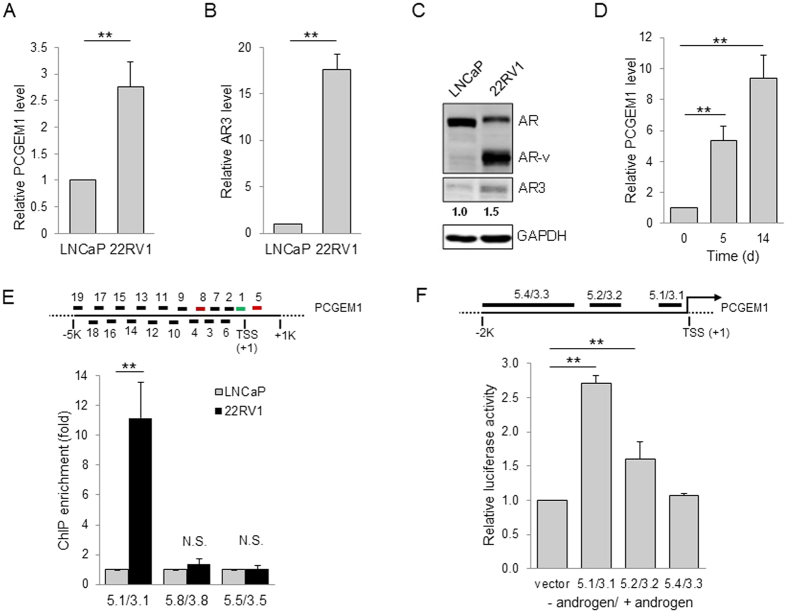Figure 1. Transcriptional regulation of PCGEM1 in castration resistance.
Detection of (A) PCGEM1 and (B) AR3 in LNCaP and CWR22Rv1 (22RV1) cells by qRT-PCR. (C) Relative expression of AR, AR variants (AR-v) and AR3 in LNCaP and CWR22Rv1 cells, as detected by Western using N-terminal AR antibody or AR3 specific antibody. (D) AD induces PCGEM1 in LNCaP cells. The cells were cultured in the absence of androgen for up to 14 days before harvesting to qRT-PCR. (E) (Top) Schematic presentation of PCGEM1 promoter, and the location of the respective primers used for PCR analysis. The numbers below the PCGEM1 promoter indicate the position relative to TSS. (Bottom) Histone ChIP assays to confirm an active binding site using primer sets highlighted in color. (F) (Top) Schematic presentation of PCGEM1 promoter, and the location of the respective primer sequences for PCR cloning. The numbers below the PCGEM1 promoter indicate the position relative to TSS. (Bottom) Induction of the PCGEM1 promoter luciferase activity. Different sizes of DNA fragments upstream of PCGEM1 were cloned into pGL3-Basic as a luciferase reporter. LNCaP cells were transfected with the luciferase reporter and cultured in the absence or presence of androgen for 3 days before harvesting for luciferase assay. Values are mean ± SE (n = 3). **p < 0.01; N.S., not significant. Full-length gels and blots are included in the Supplementary Information file.

